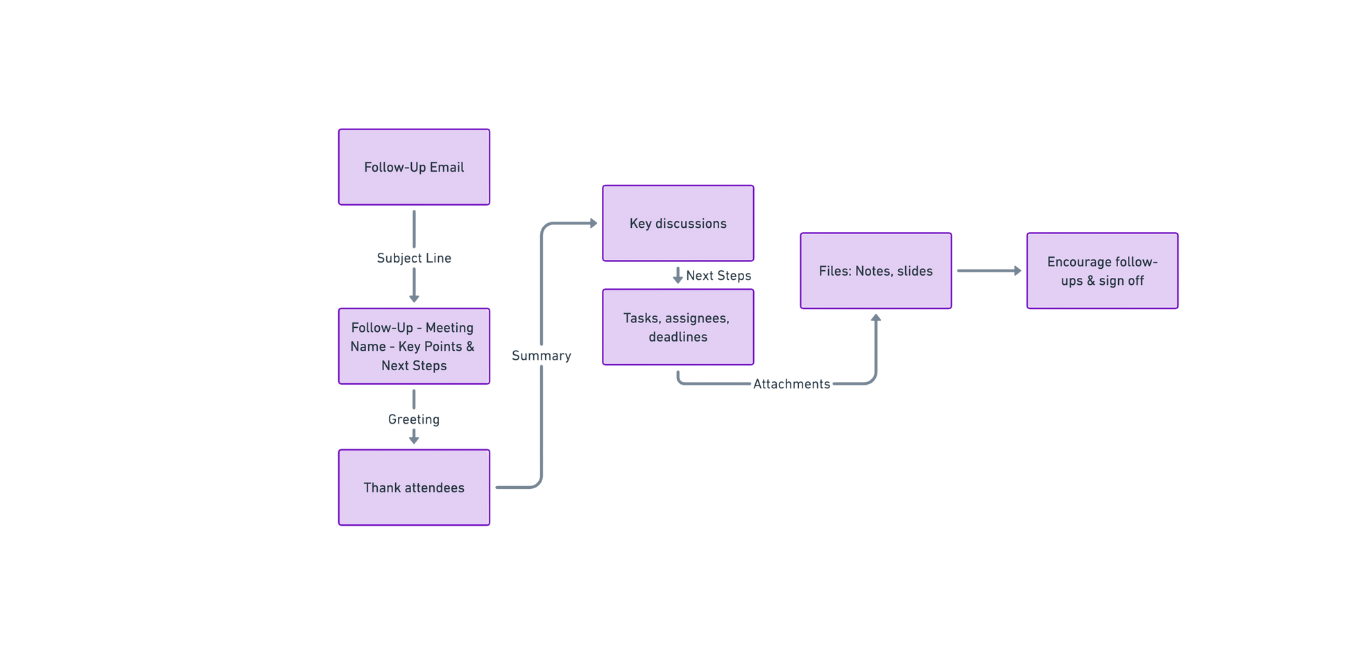Situation
Ah, 2020—the year the world went sideways, and apparently, so did my new marketing team. I had just been promoted to Marketing Supervisor at a printing company, only to discover I had inherited a directionless, demotivated team. Leadership? Missing in action. Strategy? Nonexistent. Morale? Somewhere in the basement, crying. People were frustrated, marketing was aimless, and the only thing spreading faster than complaints was the confusion about what we were actually supposed to be doing.





